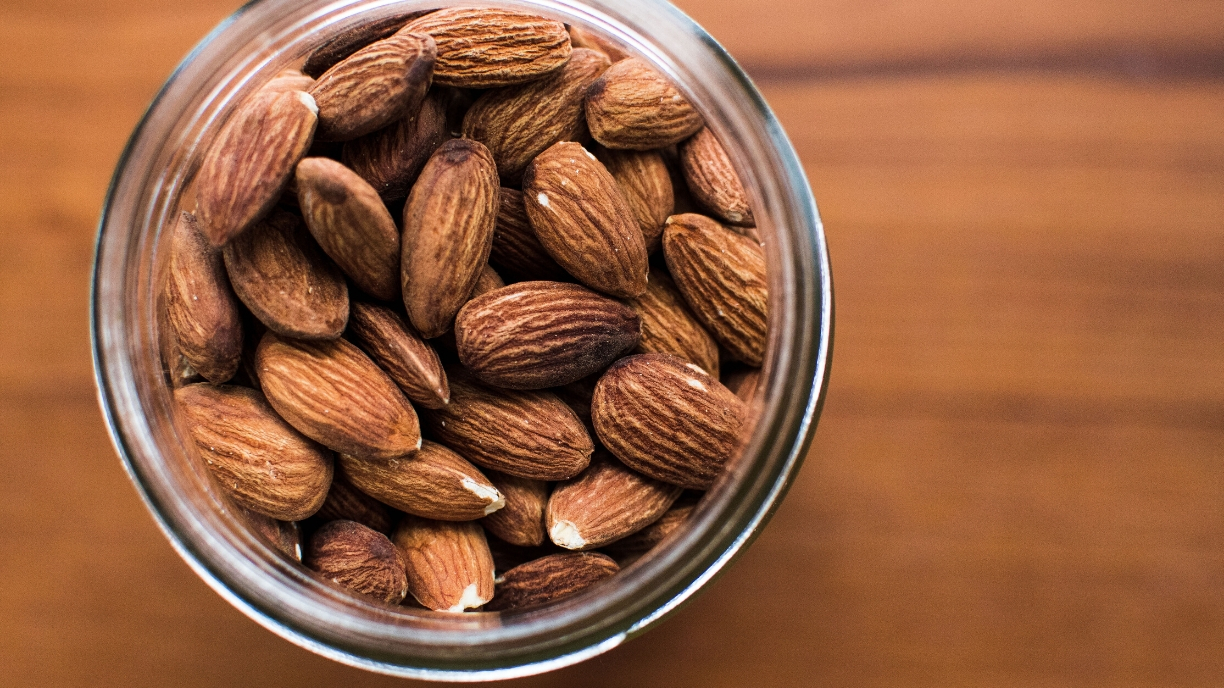
Mandelic acid is a powerful ally and the best acid for acne. It works wonderfully bringing peace to problematic skin. This alpha-hydroxy-acid is a larger molecule than its close relative, glycolic acid. Due to the larger molecule size, it is drastically less irritative to the skin. Mandelic acid is also naturally anti-fungal, anti-inflammatory, anti-bacterial, and suppresses overactive melanin production.
This fabulous acid is also amazing for aging concerns, as it speeds up cell turnover. In turn, this process brings young skin cells to the surface faster. Mandelic acid increases collagen production in the skin, leading to plumper, healthier skin.
- How Does Mandelic Acid Work?
- 6 Ways Mandelic Acid Corrects Your Top Skin Concerns
- How To Use Mandelic Acid
How Does Mandelic Acid Work?
Due to the natural process of cell turnover, dead skin cells accumulate on the surface of the skin. Without regular exfoliation, dull skin and signs of premature aging will begin to make an appearance. Mandelic acid works as a potent exfoliator, dissolving the intercellular glue that binds dead skin cells to the surface. Through a mild exfoliation, mandelic acid removes the top layer of dead epidermal cells. The result is fresh skin and a dewy glow.
6 Ways Mandelic Acid Corrects Your Top Skin Concerns
Here are some of the most common skin concerns and how mandelic acid can bring relief:
- Acne: The antimicrobial, antibacterial, and anti-inflammatory properties of mandelic acid make it an ideal acne clearing ingredient. It regulates sebum production, removes pore-clogging dead skin cells, and reduces blemishes. You can find our entire glossary of acne treatment tips here.
- Fine lines and wrinkles: Mandelic acid softens the appearance of fine lines and wrinkles by stimulating the production of collagen and elastin. These two components of our skin naturally decline with age. You’ll see continued, ongoing improvement with consistent use of mandelic skincare products.
- Melasma and hyperpigmentation: Mandelic acid can lighten and brighten skin, fade unwanted sun spots, banish acne scars, and minimize age spots. With continued use, you’ll see damage from aging and sun exposure slowly reverse. Mandelic acid also reduces brown spots from melasma by as much as 50% in only four weeks!
- Enlarged pores: Experience immediate pore-refining benefits as mandelic acid works to exfoliate, unclog, and reduce the appearance of large pores. The anti-inflammatory properties of mandelic acid further serve to minimize facial pore size.
- Folliculitis: Fungal infections of the hair follicles is also easily cleared with Mandelic Acid. Those who deal with shaving bumps will see great results from using a mandelic cleanser. Try out Face Reality Mandelic Wash as an all-in-one cleanser, body wash, and shampoo.
- Rosacea: Mandelic acid is both safe and beneficial for those suffering from redness and rosacea, an inflammatory skin disease characterized by burning, stinging, sensitive skin. The calming and exfoliating properties of mandelic acid make it a powerful ally for healing rosacea.
The Best Acid for Deep Skin Tones
Mandelic acid is the best choice for deeper skin tones, as it does not trigger an inflammatory response within the skin like other acids (glycolic). At the same time, it actually inhibits melanin overproduction within the skin, effectively stopping new pigmentation at the source!
How To Use Mandelic Acid
- Start slowly, using just once per day at first and working up to twice per day if needed. Percentage of strength is also important. Never start with a concentration higher than 8%.
- Skin always needs time to adjust to new skincare products, particularly exfoliants. You can expect to experience light flaking for the first few weeks. So plan to accommodate this by applying extra moisturizer during this time.
- Mandelic serum can be applied to clean, dry skin or added to your favorite moisturizer. Sensitive skin should begin with 5% strength while normal skin can begin with 8% strength.
- Most people begin to see a transformation in their skin within two weeks of regular use. However you should stick to using it for at least 8 weeks for full results.
Types of Mandelic Acid
Not all mandelic acid products are created equal. If you’re looking for an effective treatment for acne or folliculitis, make sure you choose a product containing L-mandelic acid. Regular mandelic acid, while still effective, is less concentrated and therefore less potent. L-mandelic acid is the chirally correct version of the molecule and creates all of the skin-positive effects we love mandelic acid for!
If you’ve never used an alpha-hydroxy acid product on your skin before or if other acid treatments have caused irritation for you, mandelic acid is a gentle ingredient for you to get started with.

Have questions? Reach out to our team of seasoned estheticians via live chat or sign up for one of our Skincare Coaching Programs to discuss your specific needs. We’ll be here every step of the way!
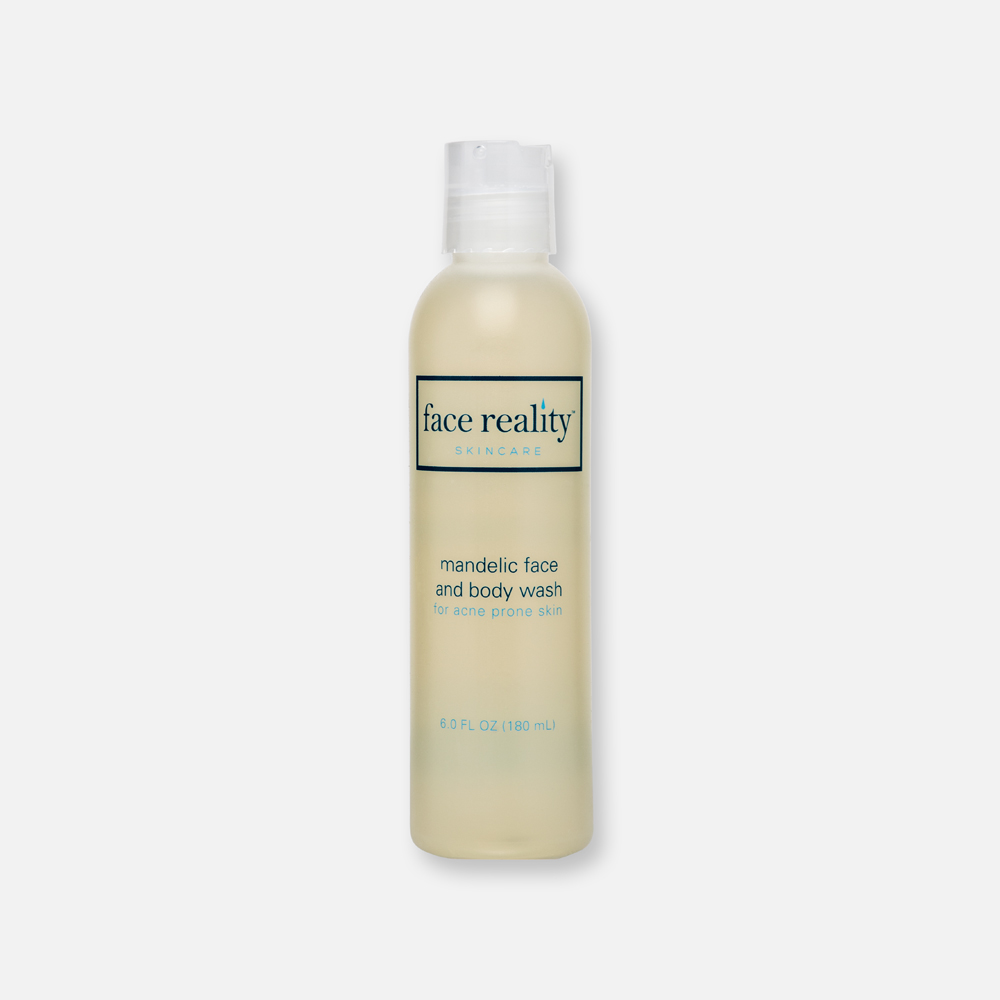
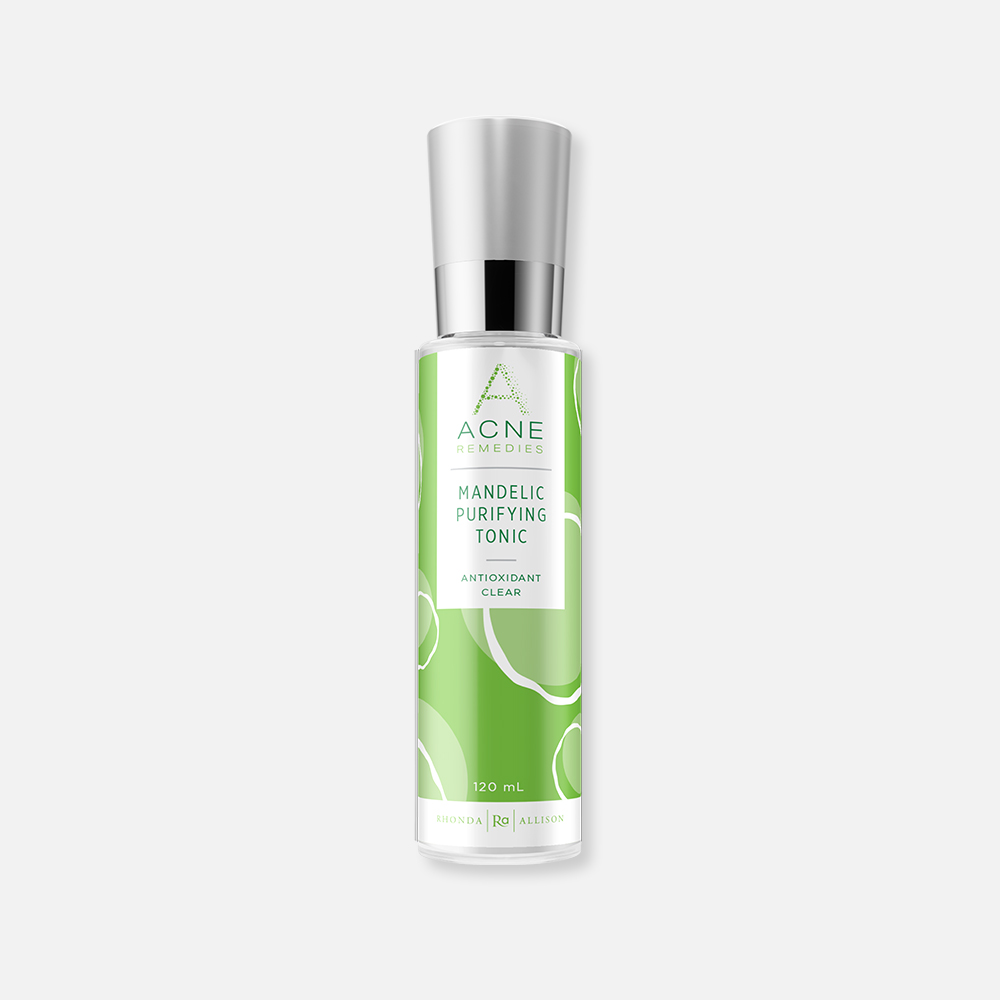
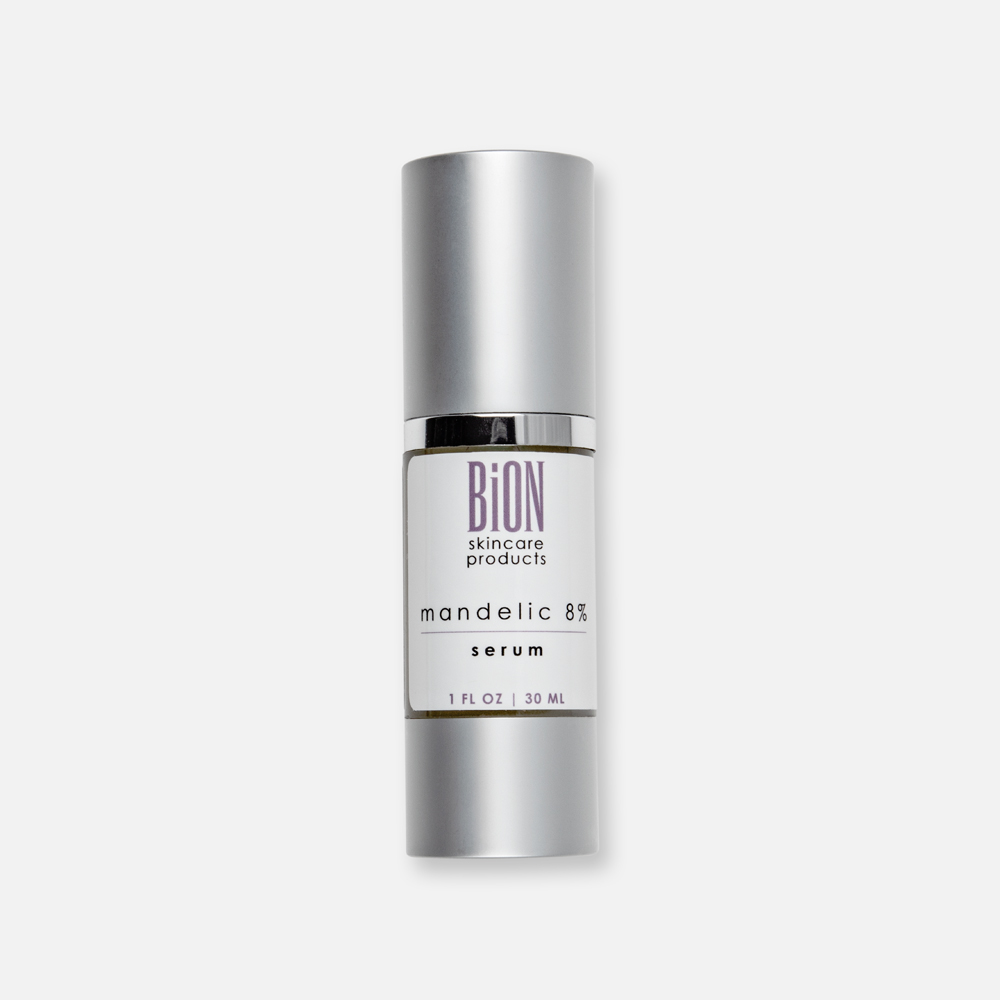
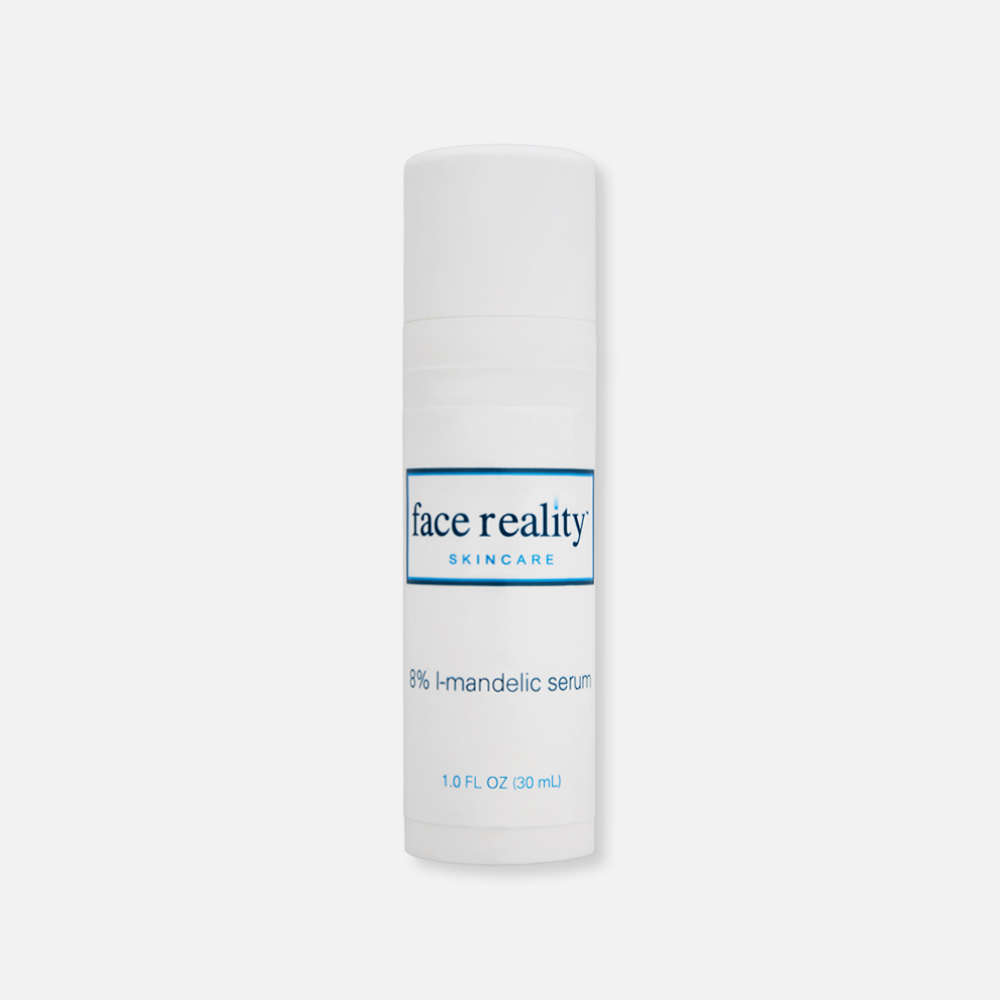
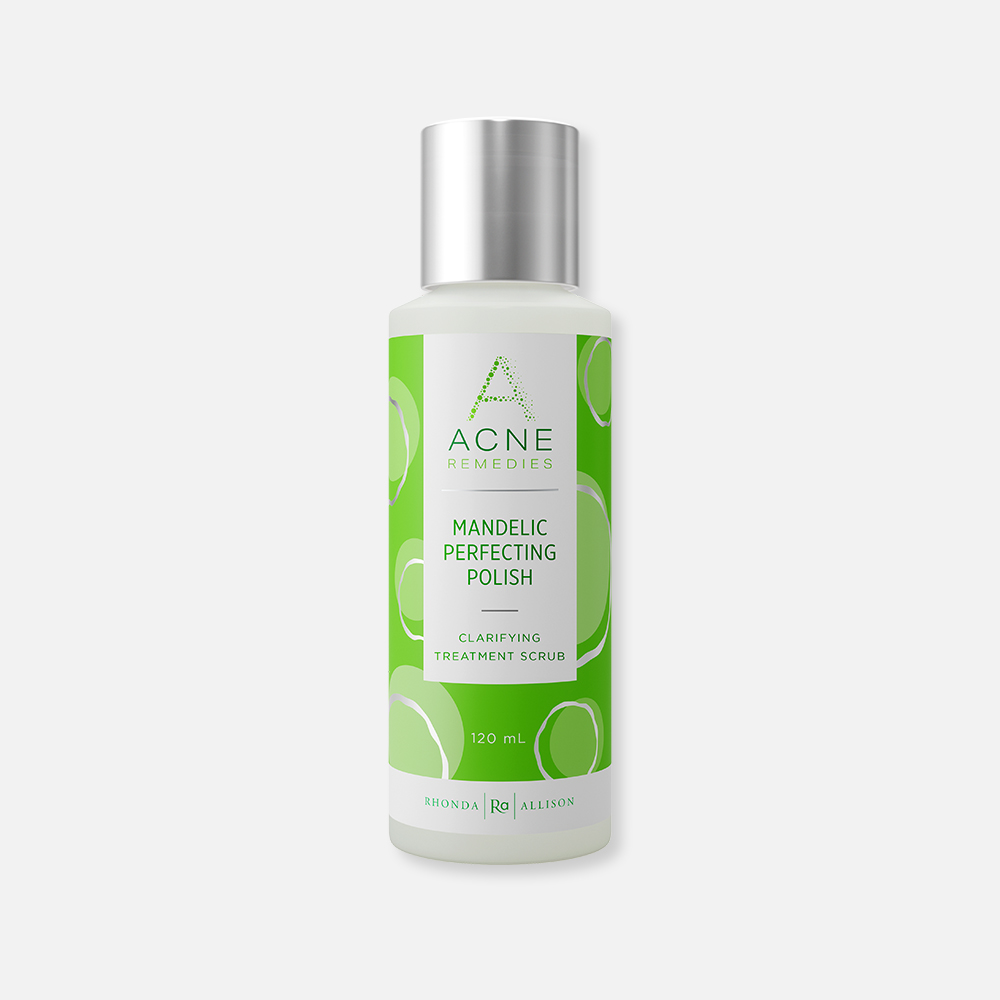
Comments (1)
This post came just in time. I am trying to get pregnant right now so I stopped using Retin A. When searching for alternatives, I discovered that mandelic acid is a safe ingredient to use while pregnant and breastfeeding. I’m excited to start using it!